Butterflies, Dung and Carrion – Terry Thormin
We had about 4 inches of snow overnight here in the Comox Valley on beautiful, green Vancouver Island. Most winters we do get at least one dump of snow, and I must admit that I hope that this is the only one we get this winter and that it is gone in a day or two.
I knew that it was time to write another blog, but I have not done much photography lately and the roads are so bad right now that going any distance has no appeal, so I decided to write another short blog based on some past photographs. While looking over my photos from Costa Rica a couple of photos popped out as ones that had a story to them. I then resurrected two other photos from Alberta with the same theme.
I am sure everyone knows that butterflies love flower nectar, but I am not sure that everyone knows the more disgusting feeding behavior of many butterflies. I will start with the Northern Pearly Eye, an eastern butterfly that reaches the most westerly extension of its range in central Alberta. When I photographed these in the Clyde area in 2006 they were just starting to move into the province from the east, but now they have become quite common. What is most interesting about this photo is that the butterflies are feeding on coyote dung.
The next photo is of a clearwing butterfly that I have only been able to identify as Mechanitis sp., the name indicating that I do not know what species it is. Perhaps one of my readers will be familiar with this species and let me know what it is. The photo was taken at Selva Verde in Costa Rica. What is important is that this butterfly is feeding on fresh bird droppings.
Next we have another clearwing butterfly, the Orange-spotted Tiger Clearwing, Mechanitis polymnia, also taken at Selva Verde in Costa Rica. Like the previous butterfly it is also feeding on fresh bird droppings, and is being accompanied by a small unidentified fly. Both of the clearwing butterflies belong to a mimicry ring but that is another blog.
I also want to relate an experience I had high in the Andes in Colombia many years ago while birding with some friends. On an infrequently travelled dirt road we came across the carcass of what appeared to be a donkey. What flesh remained on the carcass was pretty much liquefied, and feeding on the flesh were about fifteen butterflies of about five different species.
A more often observed but similar behavior is butterflies feeding at damp earth or mud puddles, and this is often referred to as mud-puddling. Here is a Canadian Tiger Swallowtail photographed in Alberta mud-puddling on damp soil.
And finally there is this photo of an Owl Butterfly, Caligo illioneus, photographed in Selva Verde in Costa Rica feeding on an overly ripe banana. Many butterflies are attracted to ripe fruit, especially bananas, and I have used this technique for collecting butterflies back in my collecting days. Adding some beer and yeast to the mushed up bananas would make them even more appealing and the butterflies would get drunk and be easier to catch as a result. Now I use the technique just for photography purposes.
So what is the purpose of this bizarre behavior? Apparently the butterflies are going after mineral salts, amino acids and ammonium ions. What makes the behavior even more interesting is that it is mostly the males that do this, even though it is the females that appear to ultimately benefit the most. Evidently the male butterfly passes the sodium and amino acids on to the female in his spermatophore, or sperm capsule when they mate. This is referred to as a nuptial gift and it improves the survival rate of the eggs.
For each source of nutrients there are specific species and groups of species that will use the resource. These are referred to as feeding guilds, and often certain species will only belong to one or two guilds, therefore only utilize one or two resources.
If you ever get the chance to observe butterflies indulging in this behavior, take the time to observe them for a while. What you will see is that they regularly expel drops of water from the back of the abdomen, and in some species quite forcefully in regularly timed jets.
Posted on December 17, 2012, in Nature, Photography and tagged behavior, Butterflies, Carrion, Dung, Fruit, Mud-puddling, photos. Bookmark the permalink. 6 Comments.
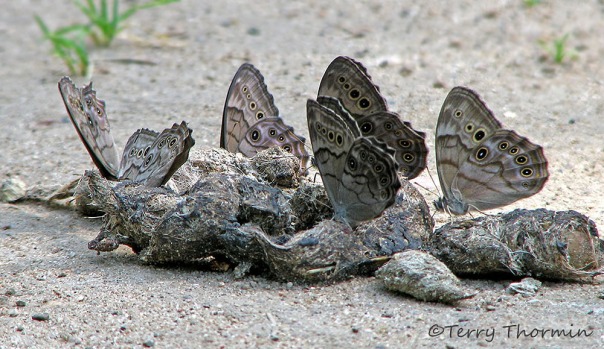
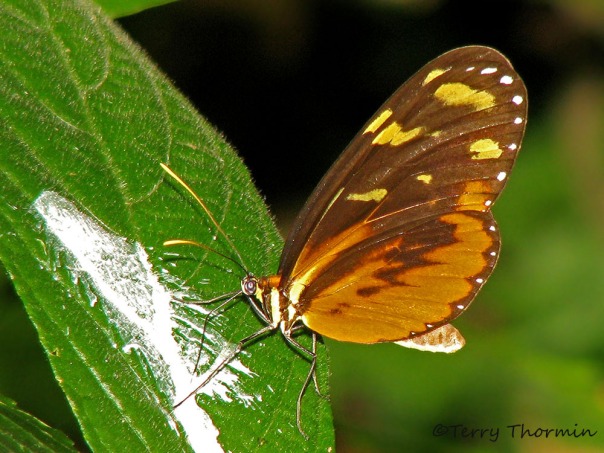
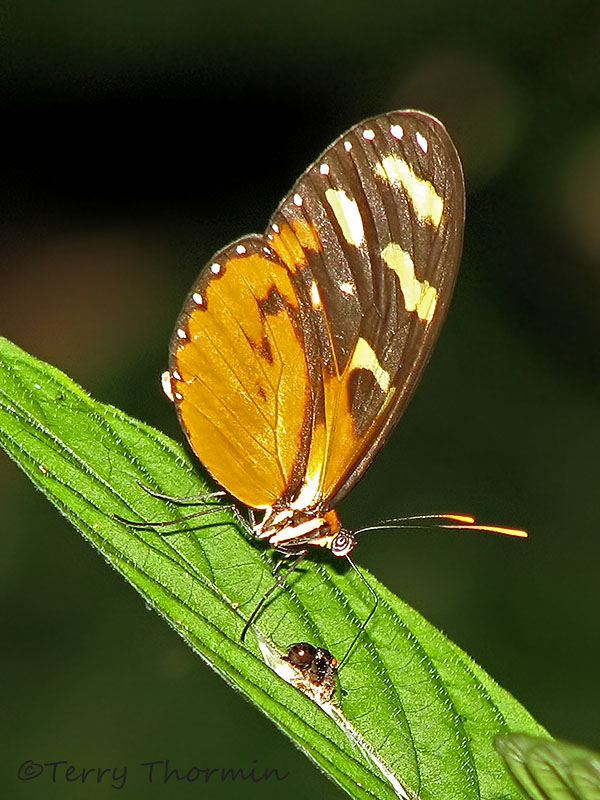
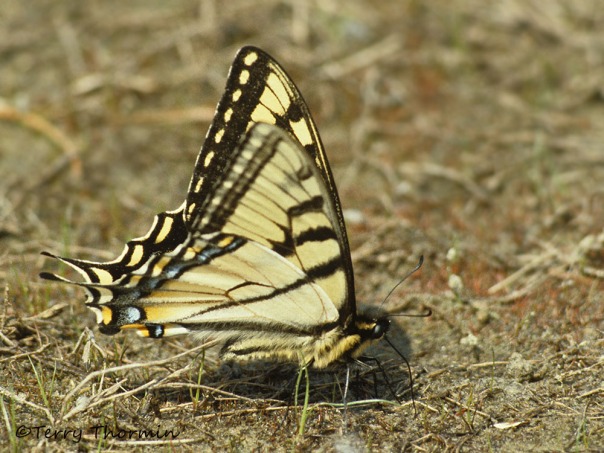
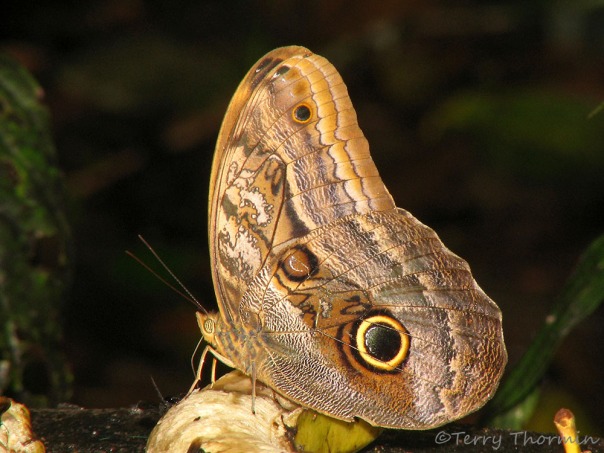


Interesting, all around! I’m kinda glad you didn’t get out for photos recently…
I only really started observing butterflies this past summer, but I now have some behaviors to look out for next year. Er, enjoy the snow!
I learned this a bit ago, when I saw butterflies in my area eating carrion! I was surprised, to say the least…. And saw this nifty tidbit when I researched further. But you provide much more info, so thanks for that.
Pingback: Butterflies, Dung and Carrion – Terry Thormin « Philip's Blog
Pingback: Winter butterflies in Britain | Dear Kitty. Some blog
Pingback: The Week on Sunday 17 | Splendour Awaits
Pingback: Savory butterfly snack | This Lively Earth Blog by Priscilla Stuckey